Capital One 2013 Annual Report Download - page 145
Download and view the complete annual report
Please find page 145 of the 2013 Capital One annual report below. You can navigate through the pages in the report by either clicking on the pages listed below, or by using the keyword search tool below to find specific information within the annual report.-
 1
1 -
 2
2 -
 3
3 -
 4
4 -
 5
5 -
 6
6 -
 7
7 -
 8
8 -
 9
9 -
 10
10 -
 11
11 -
 12
12 -
 13
13 -
 14
14 -
 15
15 -
 16
16 -
 17
17 -
 18
18 -
 19
19 -
 20
20 -
 21
21 -
 22
22 -
 23
23 -
 24
24 -
 25
25 -
 26
26 -
 27
27 -
 28
28 -
 29
29 -
 30
30 -
 31
31 -
 32
32 -
 33
33 -
 34
34 -
 35
35 -
 36
36 -
 37
37 -
 38
38 -
 39
39 -
 40
40 -
 41
41 -
 42
42 -
 43
43 -
 44
44 -
 45
45 -
 46
46 -
 47
47 -
 48
48 -
 49
49 -
 50
50 -
 51
51 -
 52
52 -
 53
53 -
 54
54 -
 55
55 -
 56
56 -
 57
57 -
 58
58 -
 59
59 -
 60
60 -
 61
61 -
 62
62 -
 63
63 -
 64
64 -
 65
65 -
 66
66 -
 67
67 -
 68
68 -
 69
69 -
 70
70 -
 71
71 -
 72
72 -
 73
73 -
 74
74 -
 75
75 -
 76
76 -
 77
77 -
 78
78 -
 79
79 -
 80
80 -
 81
81 -
 82
82 -
 83
83 -
 84
84 -
 85
85 -
 86
86 -
 87
87 -
 88
88 -
 89
89 -
 90
90 -
 91
91 -
 92
92 -
 93
93 -
 94
94 -
 95
95 -
 96
96 -
 97
97 -
 98
98 -
 99
99 -
 100
100 -
 101
101 -
 102
102 -
 103
103 -
 104
104 -
 105
105 -
 106
106 -
 107
107 -
 108
108 -
 109
109 -
 110
110 -
 111
111 -
 112
112 -
 113
113 -
 114
114 -
 115
115 -
 116
116 -
 117
117 -
 118
118 -
 119
119 -
 120
120 -
 121
121 -
 122
122 -
 123
123 -
 124
124 -
 125
125 -
 126
126 -
 127
127 -
 128
128 -
 129
129 -
 130
130 -
 131
131 -
 132
132 -
 133
133 -
 134
134 -
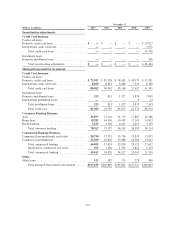 135
135 -
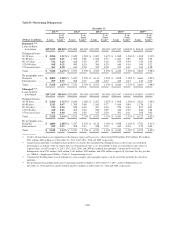 136
136 -
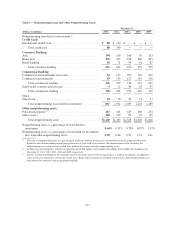 137
137 -
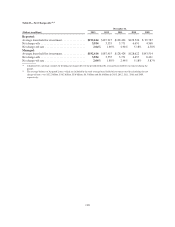 138
138 -
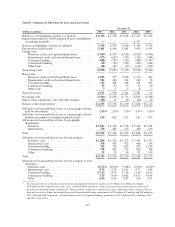 139
139 -
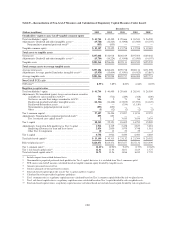 140
140 -
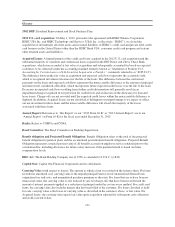 141
141 -
 142
142 -
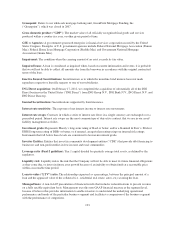 143
143 -
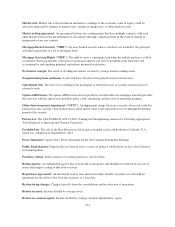 144
144 -
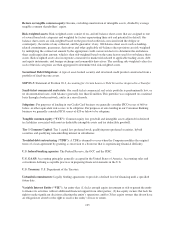 145
145 -
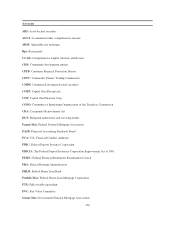 146
146 -
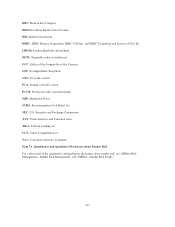 147
147 -
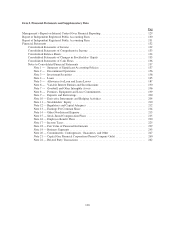 148
148 -
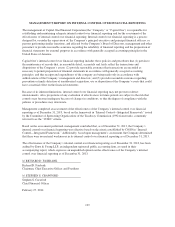 149
149 -
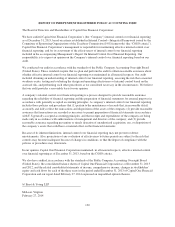 150
150 -
 151
151 -
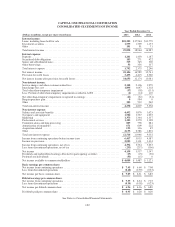 152
152 -
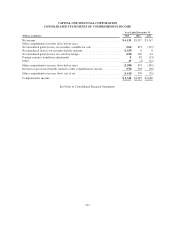 153
153 -
 154
154 -
 155
155 -
 156
156 -
 157
157 -
 158
158 -
 159
159 -
 160
160 -
 161
161 -
 162
162 -
 163
163 -
 164
164 -
 165
165 -
 166
166 -
 167
167 -
 168
168 -
 169
169 -
 170
170 -
 171
171 -
 172
172 -
 173
173 -
 174
174 -
 175
175 -
 176
176 -
 177
177 -
 178
178 -
 179
179 -
 180
180 -
 181
181 -
 182
182 -
 183
183 -
 184
184 -
 185
185 -
 186
186 -
 187
187 -
 188
188 -
 189
189 -
 190
190 -
 191
191 -
 192
192 -
 193
193 -
 194
194 -
 195
195 -
 196
196 -
 197
197 -
 198
198 -
 199
199 -
 200
200 -
 201
201 -
 202
202 -
 203
203 -
 204
204 -
 205
205 -
 206
206 -
 207
207 -
 208
208 -
 209
209 -
 210
210 -
 211
211 -
 212
212 -
 213
213 -
 214
214 -
 215
215 -
 216
216 -
 217
217 -
 218
218 -
 219
219 -
 220
220 -
 221
221 -
 222
222 -
 223
223 -
 224
224 -
 225
225 -
 226
226 -
 227
227 -
 228
228 -
 229
229 -
 230
230 -
 231
231 -
 232
232 -
 233
233 -
 234
234 -
 235
235 -
 236
236 -
 237
237 -
 238
238 -
 239
239 -
 240
240 -
 241
241 -
 242
242 -
 243
243 -
 244
244 -
 245
245 -
 246
246 -
 247
247 -
 248
248 -
 249
249 -
 250
250 -
 251
251 -
 252
252 -
 253
253 -
 254
254 -
 255
255 -
 256
256 -
 257
257 -
 258
258 -
 259
259 -
 260
260 -
 261
261 -
 262
262 -
 263
263 -
 264
264 -
 265
265 -
 266
266 -
 267
267 -
 268
268 -
 269
269 -
 270
270 -
 271
271 -
 272
272 -
 273
273 -
 274
274 -
 275
275 -
 276
276 -
 277
277 -
 278
278 -
 279
279 -
 280
280 -
 281
281 -
 282
282 -
 283
283 -
 284
284 -
 285
285 -
 286
286 -
 287
287 -
 288
288 -
 289
289 -
 290
290 -
 291
291 -
 292
292 -
 293
293 -
 294
294 -
 295
295 -
 296
296 -
 297
297 -
 298
298 -
 299
299 -
 300
300 -
 301
301 -
 302
302
 |
 |
Return on tangible common equity: Income, excluding amortization of intangible assets, divided by average
tangible common shareholders’ equity.
Risk-weighted assets: Risk-weighted assets consist of on- and off-balance sheet assets that are assigned to one
of several broad risk categories and weighted by factors representing their risk and potential for default. On-
balance sheet assets are risk-weighted based on the perceived credit risk associated with the obligor or
counterparty, the nature of any collateral, and the guarantor, if any. Off-balance sheet assets such as lending-
related commitments, guarantees, derivatives and other applicable off-balance sheet positions are risk-weighted
by multiplying the contractual amount by the appropriate credit conversion factor to determine the on-balance
sheet credit equivalent amount, which is then risk-weighted based on the same factors used for on-balance sheet
assets. Risk-weighted assets also incorporate a measure for market risk related to applicable trading assets, debt
and equity instruments, and foreign exchange and commodity derivatives. The resulting risk-weighted values for
each of the risk categories are then aggregated to determine total risk-weighted assets.
Securitized Debt Obligations: A type of asset-backed security and structured credit product constructed from a
portfolio of fixed-income assets.
SOP 03-3: Statement of Position 03-3, Accounting for Certain Loans or Debt Securities Acquired in a Transfer.
Small-ticket commercial real estate: Our small-ticket commercial real estate portfolio is predominantly low, or
no documentation loans, with balances generally less than $2 million. This portfolio was originated on a national
basis through a broker network, and is in a run-off mode.
Subprime: For purposes of lending in our Credit Card business we generally consider FICO scores of 660 or
below, or other equivalent risk scores, to be subprime. For purposes of auto lending in our Consumer Banking
business we generally consider FICO scores of 620 or below to be subprime.
Tangible common equity (“TCE”): Common equity less goodwill and intangible assets adjusted for deferred
tax liabilities associated with non-tax deductible intangible assets and tax deductible goodwill.
Tier 1 Common Capital: Tier 1 capital less preferred stock, qualifying trust preferred securities, hybrid
securities and qualifying noncontrolling interest in subsidiaries.
Troubled debt restructuring (“TDR”): A TDR is deemed to occur when the Company modifies the original
terms of a loan agreement by granting a concession to a borrower that is experiencing financial difficulty.
U.S. federal banking agencies: The Federal Reserve, the OCC and the FDIC.
U.S. GAAP: Accounting principles generally accepted in the United States of America. Accounting rules and
conventions defining acceptable practices in preparing financial statements in the U.S.
U.S. Treasury: U.S. Department of the Treasury.
Unfunded commitments: Legally binding agreements to provide a defined level of financing until a specified
future date.
Variable Interest Entity (“VIE”): An entity that: (1) lacks enough equity investment at risk to permit the entity
to finance its activities without additional financial support from other parties; (2) has equity owners that lack the
right to make significant decisions affecting the entity’s operations; and/or (3) has equity owners that do not have
an obligation to absorb or the right to receive the entity’s losses or return.
125
